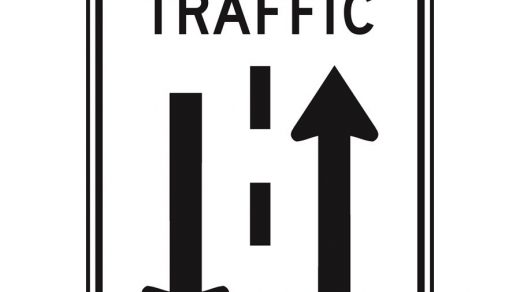
Four years ago, I wrote an article about charities hiring fundraisers for their attitude rather than their aptitude (here). I surmised that you could learn the skills required, but having the right people skills is not transferrable. Either you have it, or you don’t.
The last 18 months of this pandemic have really made folks think about their workplace. Many individuals have left the non-profit world. The volatility of the lockdowns has taken its toll on people’s mental health. The uncertainty of having a job (and knowing that your position could essentially be furloughed at a moment’s notice) has people on edge. Here in Canada, our rules are still much more restrictive than in many countries in the world.
Additionally, it is a well-accepted fact that many charities won’t survive in a post-pandemic era. Pragmatically speaking, the majority of charities that will close their door will be the smaller charities. These tend to be the organizations that don’t have enough reserves or are not agile enough to adjust during the pandemic. We have already started to see the onset of this transition.
These same points of uncertainty can be said in the for-profit world. An uneasiness exists with those employees as well. Few positions have been unphased or untouched by this pandemic.
The Bright Side
In the for-profit and non-profit world alike, many people have taken the (imposed) time to reexamine their priorities. Perhaps working from home was a blessing for them, as they could have more family time. Maybe people are re-evaluating what type of work they want to do as they look for more profound meaning and fulfillment in their lives. Their attitude towards work/life balance may have shifted. Many front-line charities have seen droves of new supporters. These new donors result from people wanting to help their fellow man in these very trying times. I believe that many in the for-profit world may look to the non-profit world for their next career for the same reason. They want to do good.
A Shake-Up or an Attitude Adjustment
I have seen folks from the non-profit world transition to the for-profit world, and I have seen the flipside as people make a move from for-profit to non-profit. These transitional personnel will undoubtedly have a lot to offer each side of the ledger. I can guarantee you that the news hires will surely ask the question, “why do we do it this way?” I cannot speak for the for-profit world, but I know that the non-profit world needs to revisit some of its core assumptions with respect to fundraising. The new hire doesn’t have an attitude problem by asking the question. Instead, the organization may have a problem of complacency.
Donating to a charity has become much easier over the last 18 months (if it is still cumbersome to contribute to your charity, you should expect to see a decline in donations). Donors should be able to financially support a charity from their smartphone (if they so wish). This should be a quick and painless transaction. Many charities have seen new donors but are utterly indifferent as to how to treat these new-found donors. Many will rely on the tactics that have been utilized for decades now — throwing the donor file into the Direct Mail pool and hoping they can make the swim. Perhaps some stewarding of the gift, or even a new donor welcome package, but I would postulate that these extra tactics are few and far between. Some organizations don’t have the resources to deal with a sudden surge in donations.
Family Businesses
I have come across many successful family-run businesses. Their CEOs always shared that while their family members will always have a place at their company, they encourage the next generation to work elsewhere for a few years. In essence, to think outside the family box. Then they return to the family-run business with a new perspective and possibly even some new ideas.
So, embrace the change that is afoot. Let the new hire run with the ball. Who knows, maybe they are the next Jim Brown of fundraising.
Until next week.
L’chaim,
jack




